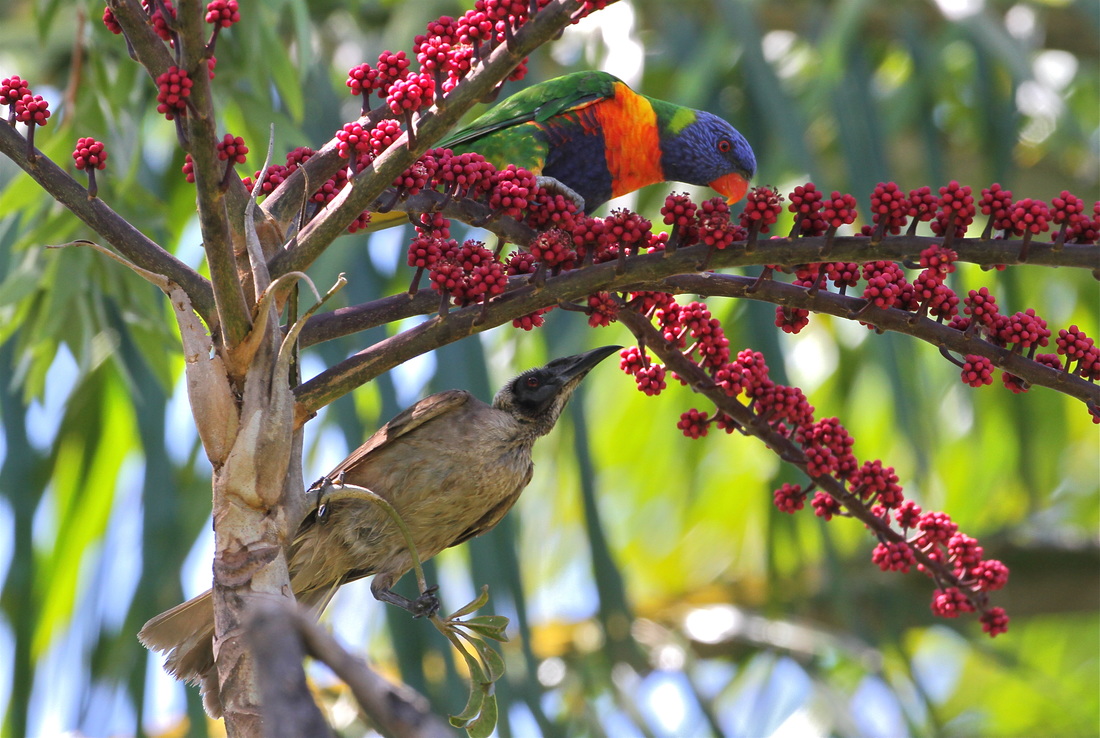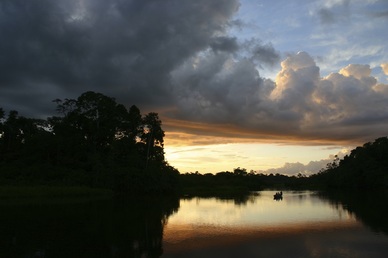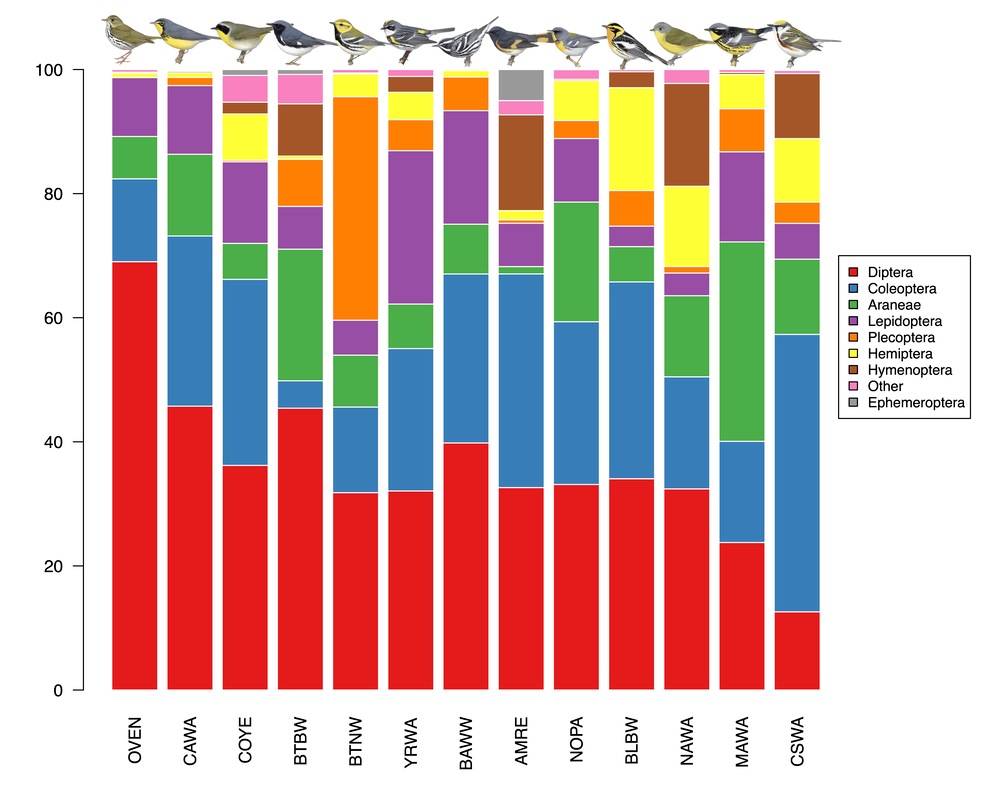Foraging ecology of Ecuadorian birdsIn collaboration with Rob Dobbs and an undergraduate at Cornell University, we are slowly entering our old foraging observations and preparing to examine the foraging ecology and niche partitioning of a large sample of Ecuadorian birds. Most of our data comes from the eastern flank of the Andes, but we have observations from across the country. We should be able to examine a range of questions with the dataset, from niche partitioning to ecomorphology!
|
|



